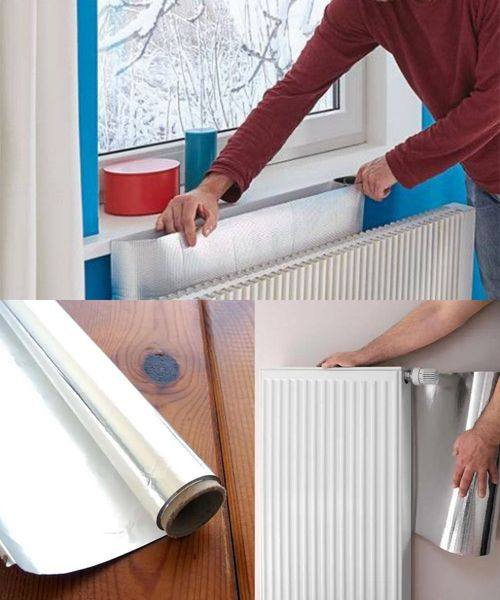As temperatures drop, maintaining a warm and cozy home becomes a priority. While comprehensive insulation projects can be costly, there’s a straightforward and budget-friendly method to improve your home’s heat retention: insulating your radiators. By placing reflective insulation behind your radiators, you can significantly reduce heat loss, ensuring more warmth stays within your living spaces and potentially lowering your heating bills.
Why Insulate Behind Radiators?
Radiators emit heat to warm your rooms, but a substantial portion of this heat can be absorbed by the walls behind them, especially if those walls are poorly insulated. This absorption leads to energy inefficiency and increased heating costs. Installing reflective insulation behind radiators helps redirect heat back into the room, enhancing warmth and reducing energy consumption.
How to Install Reflective Insulation Behind Radiators
Materials Needed:
- Reflective radiator foil or reflective bubble wrap
- Measuring tape
- Scissors or utility
- Adhesive tape or non-permanent adhesive
Steps:
- Measure the Radiator Dimensions: Determine the width and height of your radiator to cut the insulation material accordingly.
- Cut the Reflective Material: Using the measurements, cut the reflective foil or bubble wrap to fit the area behind the radiator.
- Attach the Insulation: Secure the cut material to the wall behind the radiator using adhesive tape or a non-permanent adhesive. Ensure it is positioned with the reflective side facing outward to effectively redirect heat back into the room.
Additional Affordable Insulation Tips:
- Window Insulation Kits: Applying transparent film over windows can reduce drafts and heat loss. These kits are cost-effective and can be found at most hardware stores.
- Draft Stoppers: Placing draft stoppers at the base of doors prevents cold air from entering and warm air from escaping, enhancing overall insulation.
- Thermal Curtains: Installing heavy or thermal-lined curtains can minimize heat loss through windows, keeping rooms warmer during colder months.
- Rugs and Carpets: Adding rugs or carpets to bare floors provides an extra layer of insulation, preventing heat from escaping through the floorboards.
Implementing these simple and inexpensive strategies can significantly improve your home’s insulation, leading to a warmer environment and potential savings on heating costs during the winter season.

